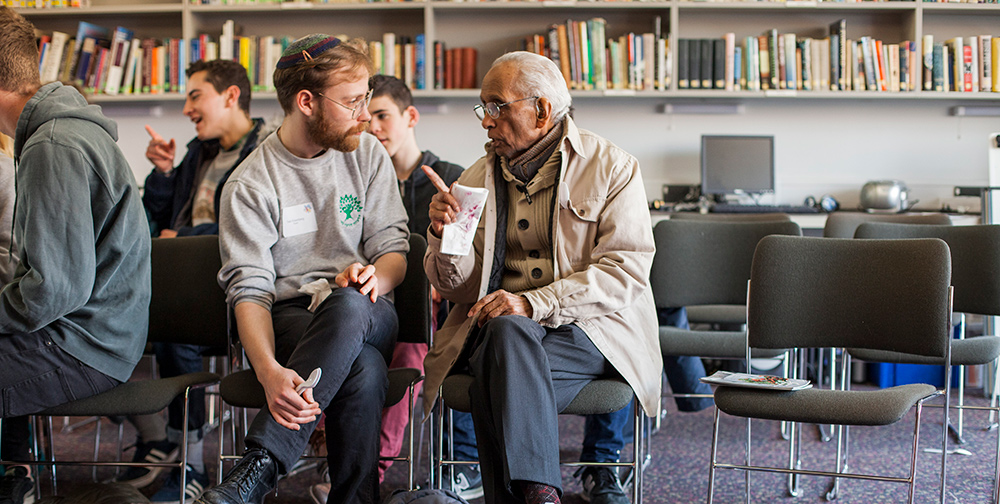Pinchas

Serach bat Asher is the Jewish tradition’s answer to Forrest Gump. Though she’s wiser, cleverer and much older than the American time traveller, like Forrest Gump she appears at critical junctures junctures in a bigger story – in her case, the Bible.
In Parashat Pinchas, she is included in the census of the Israelites amongst the descendants of Asher. In total, Serach bat Asher is mentioned three times in geneological tables in the Tanach: Genesis 46:17, Numbers 26:46, and I Chronicles 7:30, yet there is no further detail other than her name. In the JPS commentary on Numbers, Professor Jacob Milgrom suggests, based on a lost Targum (ancient Aramaic translation of the Tanach), that Serach bat Asher is Asher’s step daughter. Since Serach bat Asher’s father died without a son, her name was included in proximity to the episode of Zelophechad’s daughters, whose father also did not bear a son.
Whilst Biblical scholars are baffled by Serach bat Asher, the sages used the void to develop her character in the midrashic literature. Because of her presence in both Genesis and in Chronicles, she was said to have gained immortality. In the minds of the rabbis, Serach bat Asher’s longevity meant that she appeared at critical moments in the history of the Israelites and Jewish people, starting with the migration to Egypt, continuing through the Exodus and featuring even later in stories of the Talmudic rabbis.
Yet Serach bat Asher is not just a witness to Jewish history but an active participant in the fulfilment of the Divine Plan. In the midrashic work Sefer Ha-Yashar, Serach bat Asher is sent by her brothers to tell their father, Jacob, that Joseph is alive in Egypt. She appears again, 400 years later, as Moses is preparing to leave the Land of Egypt. The Gemara records: ‘Serach, the daughter of Asher, remained from that generation that initially descended to Egypt with Jacob. Moses went to her and said to her: Do you know anything about where Joseph is buried? She said to him: The Egyptians fashioned a metal casket for him and set it in the Nile River.’ (TB Sotah 13a)
In a separate midrash, she is said to have have the secret knowledge which identifies Moses as the redeemer of the Israelites, thereby rallying the Israelites’ faith in him. Another text places Serach bat Asher in the Beit Midrash as Rabbi Yochanan was expounding on the verse, ‘The waters forming a wall for them on their right and on their left’ (Exodus 14:22). Rabbi Yochanan explains that the wall of water resembled a lattice-work whilst Serach bat Asher testifies from her personal experience that the walls resembled doors turning on their sockets (Pesikta d’Rav Kahana 10:117).
In the rabbis’ telling, Serach bat Asher represents the continuity of tradition from the Age of the Patriarchs through Moses, the Davidic dynasty and the Talmudic era. Whilst a 1,000-year life span can only be the stuff of legend, Serach bat Asher’s longevity and reappearance throughout the course of the Tanach confirm for the rabbis and for us the eternality of the the Jewish people.
Rabbi Daniella Kolodny is a member of New North London Synagogue and is the former Rabbinic Development Consultant for Masorti Judaism




